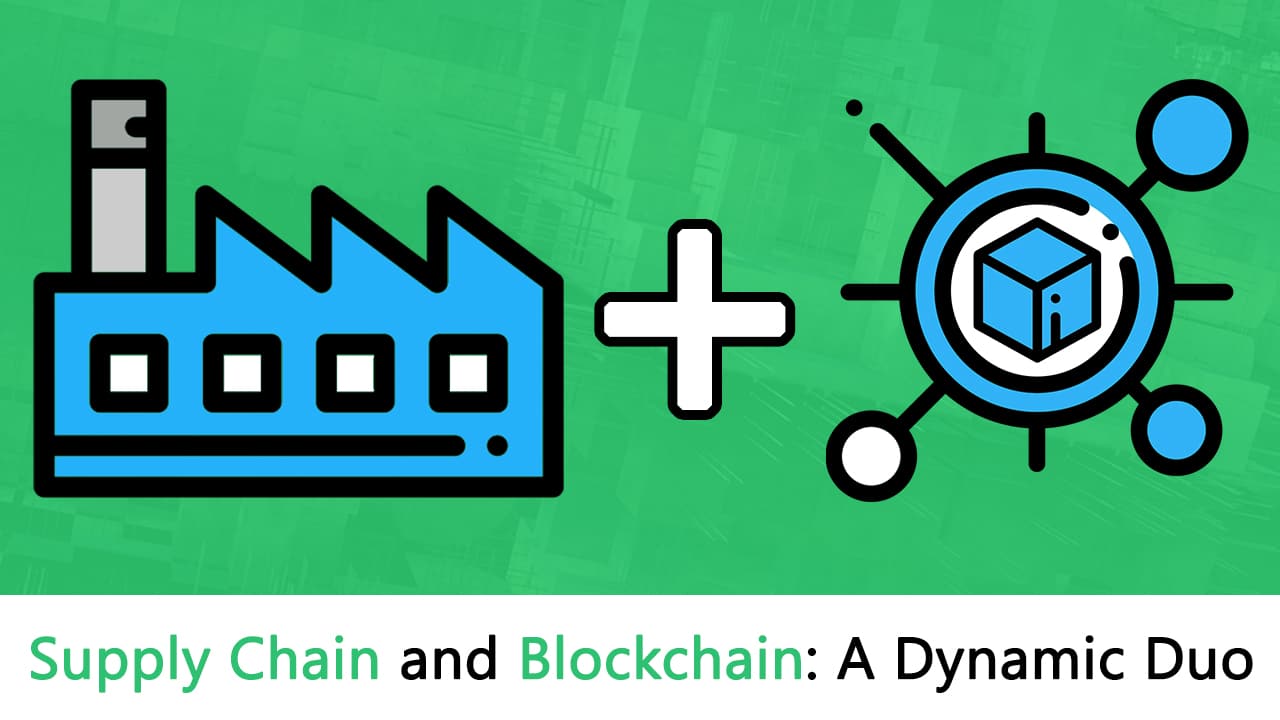Blockchain technology has great potential to revolutionize the insurance industry. In this article, we will provide an introduction to the basics of blockchain technology and its applications in insurance, including its benefits, challenges, and real-world examples.
Understanding Blockchain Basics
Blockchain is a decentralized ledger system that records transactions in a tamper-proof and secure manner. It consists of a network of computers that maintain a shared database, where each transaction is recorded in a block. These blocks are linked together in a chain, forming a chronological record of all transactions on the network.
To ensure the security and integrity of the data, blockchain uses cryptographic techniques. Each block is secured using a cryptographic hash, and once a block is added to the chain, it cannot be altered or deleted without invalidating the entire chain.
Applications of Blockchain in Insurance
Blockchain technology has several applications in insurance, including:
Claims Processing
Blockchain technology can enable faster and more efficient claims processing by enabling secure and transparent sharing of information between insurance companies, customers, and other stakeholders.
Fraud Prevention
Blockchain technology can enable better fraud prevention in insurance by providing greater transparency and traceability of transactions, reducing the risk of fraud and improving the accuracy of risk assessments.
Customer Data Management
Blockchain technology can enable secure and efficient management of customer data in insurance, reducing the risk of data breaches and improving the accuracy of customer data.
Benefits of Blockchain in Insurance
Blockchain technology offers several benefits for insurance, including:
Increased Security
Blockchain technology uses cryptographic techniques and decentralization to ensure the security and integrity of data, reducing the risk of data breaches and fraud.
Greater Transparency
Blockchain technology enables greater transparency in insurance transactions, making it easier to track and monitor activities and reducing the risk of fraud.
Improved Efficiency
Blockchain technology can enable faster and more efficient insurance transactions, reducing the need for intermediaries and decreasing the time and cost of transactions.
Challenges of Blockchain in Insurance
While blockchain technology offers several benefits for insurance, there are also challenges that need to be addressed, including:
Regulatory Framework
The lack of a clear regulatory framework for blockchain technology can hinder its adoption and use in the insurance industry. The development of regulatory guidelines and standards can help to ensure the safe and efficient use of blockchain technology in the industry.
Interoperability
The lack of interoperability between different blockchain networks can create barriers to the seamless transfer of assets between different networks.
Adoption
The adoption of blockchain technology in insurance requires a significant amount of investment and effort from the stakeholders involved, making it a challenging process.
Real-World Examples
Several insurance companies have already implemented blockchain technology in their operations. For example, AXA is using blockchain technology to automate flight delay insurance payouts, while Allianz is using blockchain technology to simplify the process of insurance payments for catastrophe bonds.
Smart Contracts
Self-executing contracts that are coded on the blockchain are called smart contracts.They can automate various transactions, eliminating the need for intermediaries and reducing the time and cost of transactions in insurance. For example, smart contracts can be used to automate the claims process, enabling faster and more efficient claims processing.
Internet of Things (IoT)
The integration of IoT devices with blockchain technology can enable secure and transparent tracking of insurance products and services throughout the value chain, ensuring that the data collected by IoT devices is tamper-proof and secure. For example, IoT devices can be used to monitor the condition of insured assets, such as vehicles and homes, and trigger insurance payouts automatically in the event of damage or loss.
Data Privacy
Blockchain technology can ensure the privacy of data by using encryption and other security measures to protect sensitive information. This can be particularly important in insurance, where data privacy is crucial to protect the confidentiality of sensitive information, such as health records and financial information.
Reinsurance
Blockchain technology can also be used for reinsurance, which involves the transfer of insurance risk from one insurer to another. By using blockchain technology to track and monitor reinsurance transactions, insurers can gain greater visibility into the reinsurance market, reducing the risk of fraud and improving the efficiency of reinsurance processes.
Sustainability
Blockchain technology can also play a role in promoting sustainability in insurance. It can enable the tracking of sustainable and ethical practices, such as responsible investing and the use of renewable energy, ensuring that insurers are operating in an environmentally and socially responsible manner.
Future of Blockchain in Insurance
As blockchain technology continues to evolve, it is expected to play an increasingly important role in the insurance industry. It has the potential to transform the way we transact and manage insurance products and services, and it is expected to drive innovation and growth in the industry.
Interoperability
Interoperability is a key challenge for blockchain technology in insurance. The lack of interoperability between different blockchain networks can create barriers to the seamless transfer of assets between different networks. To address this challenge, industry stakeholders are exploring various interoperability solutions, such as cross-chain bridges and interoperability protocols.
Decentralized Autonomous Organizations (DAOs)
The organizations that are run by rules encoded as computer programs on a blockchain are called DAOs. They can be used in insurance to automate various processes and functions, such as claims processing and risk assessment. DAOs can eliminate the need for intermediaries and reduce the cost and time of transactions.
Tokenization
Tokenization involves the representation of real-world assets as digital tokens on a blockchain. In insurance, tokenization can enable the efficient trading and transfer of insurance products and services. For example, tokenization can enable the creation of fractional insurance policies, enabling investors to buy and sell fractions of insurance contracts.
Regulatory Framework
The lack of a clear regulatory framework for blockchain technology in insurance can hinder its adoption and use in the industry. To promote the safe and efficient use of blockchain technology in insurance, regulators are developing guidelines and standards for blockchain technology, such as the International Association of Insurance Supervisors (IAIS) paper on the use of blockchain technology in insurance.
Challenges of Adoption
The adoption of blockchain technology in insurance requires a significant amount of investment and effort from the stakeholders involved, making it a challenging process. Addressing these challenges is key to unlocking the full potential of blockchain in insurance.
As the insurance industry continues to explore the potential of blockchain technology, it is important to consider these additional subtopics to fully understand its applications and potential.
Conclusion
Blockchain technology is a powerful tool that offers increased security, transparency, and efficiency in insurance. Its basics, applications, benefits, challenges, and real-world examples should be understood to unlock its full potential. As blockchain technology continues to evolve, we can expect to see further advancements in its adoption and use, making it an even more attractive option for insurance companies looking to conduct secure and transparent transactions.
I’m a best-selling author and leading authority in the world of cryptocurrency. I have been involved in the crypto community since 2012 and have helped numerous startups and organizations on blockchain strategy. I am a regular contributor to Forbes and CoinDesk, and my work has been featured in The Wall Street Journal, Bloomberg, Reuters, and other major media outlets. In addition to writing for publications, I am also a sought-after speaker on cryptocurrency and blockchain technology niches respectively.




